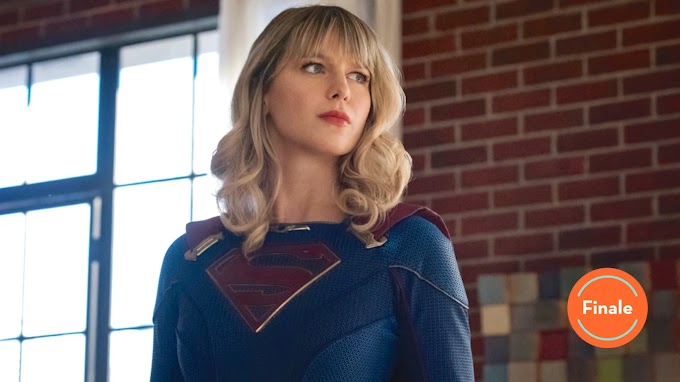Watch This offers movie recommendations inspired by new releases, premieres, current events, or occasionally just our own inscrutable whims. This week: The teen superhero movie New Mutants, from Fault In Our Stars director Josh Boone, has been postponed again. In its absence, we’re looking back on YA adaptations.
Speak (2004)
The opening minutes of Speak, an adaptation of the award-winning 1999 YA novel of the same name, aren’t exactly promising. From the painfully flat Courier typeface of the credits to the gently percussive music to the drab lighting, the whole enterprise screams “made-for-TV movie.” (Not without some justification: Despite a Sundance debut, the film was produced by Showtime, with an attendant budget of barely $1 million.) The generically framed introduction of a young girl getting on the bus to attend her first day of high school does nothing to make itself stand out from a thousand other stories that begin in the same manner. Or at least it seemed that way at the time—because back then, almost nobody yet knew the potential of its barely teenage star, Kristen Stewart. Those who stick with Speak, however, are rewarded with not just an excellent performance that elevates the entire film around it, but also—with the benefit of hindsight, almost 16 years later—witness the calling card for the role that would both launch her to international stardom and curse her with that same burden: Bella Swan in the Twilight series.
Watching Speak in 2020, you can see Stewart already crafting an indelible cinematic persona as a sharp but troubled and introverted young woman—an onscreen identity that would become an albatross of sorts, as she inhabits the role so completely, she was typecast for much of the next decade. Stewart nails the performance of a teenager who is simultaneously intensely charismatic and deeply withdrawn, a difficult needle to thread. She had already shown some of this promise as the preternaturally self-possessed daughter of Jodie Foster’s character in David Fincher’s Panic Room two years prior, but the one-two punch of Speak and a supporting role as another quiet but intense kid in David Gordon Green’s Undertow drew far more praise and attention then her lively turn in the Disney-esque youth comedy Catch That Kid from the same year. By the time Twilight rolled around, Stewart had already been slotted into the requisite pigeonhole by Hollywood.
The film follows Melinda, a teen girl entering high school (Stewart was cast despite being only 13 at the time) who is selectively mute, thanks to a traumatic experience during a summer house party that also resulted in her friends abandoning her. It isn’t made explicit until halfway through the film, but the source of the trauma is sadly far too familiar to be a surprise: Melinda was date-raped outside the party by a popular junior athlete, and when she stumbled back into the house and called 911, too dazed to tell anyone why, her friends blamed her for the subsequent arrests. The whole school then gives her the nickname “squealer,” and she’s instantly made an outcast. Over the course of the film, Melinda struggles to try and carry on with everyday life, eventually finding solace in creating drawings and sculptures under the tutelage of an oddball art teacher (Steve Zahn).
If some aspects of the film feel uninspired—the direction, by future American Horror Story writer-producer and A Simple Favor screenwriter Jessica Sharzer (who also co-wrote this adaptation), is solid but unremarkable—they’re more than made up for by Stewart’s performance. Even at this young age, the actor displays her talent for subtle, enigmatic minimalism, never going for the flashy emotional outburst even when the script is pushing her that direction. Instead, Stewart stays wary and still, the human equivalent of a deer caught in headlights. She makes Melinda’s inner life feel electric despite the outward numbness of the character. The adults in the film all seem clueless as to what are basically flashing neon signs of young-adult trauma, but their inability to realize there’s something more than typical teenage angst going on with Melinda becomes plausible thanks to Stewart’s already-there ability to blend naturalism and anti-naturalism in her acting. Stewart makes Speak work—the first in an ongoing list of similarly impressive performances in her career.
Availability: Speak is available for rental from most streaming sites, or for free with Showtime or the Showtime add-on through Amazon or Hulu.









0 Comments